Flyover Country
Baby Boomers and Their Stories
Christopher Harper
Hamilton Books
A member of
The Rowman & Littlefield Group
Lanham Boulder New York Toronto Plymouth, UK
Copyright 2011 by
Hamilton Books
4501 Forbes Boulevard
Suite 200
Lanham, Maryland 20706
UPA Acquisitions Department (301) 459-3366
Estover Road
Plymouth PL6 7PY
United Kingdom
All rights reserved
Printed in the United States of America
British Library Cataloging in Publication Information Available
Library of Congress Control Number: 2010933546
ISBN: 978-0-7618-5332-9 (paperback : alk. paper)
eISBN: 978-0-7618-5333-6
Cover photos:
Top row (left to right): Kristin Clayton, Steve Bertrand, Joan Ferrell, Steve Ettles, Deb Krell. Second row: Christopher Harper, Casey Murschel, Gordon Haugan, Pam Pierce, Stewart Hines. Third row: Ione Hill, Don Pay, Sue Sanderson, Steve Hunt, Barbara Sidlo Hughes. Fourth row: Mark Griffin, Sue Skancke Nothdurft, David Wangness, Lynette White Harrison, Michael Ward
 The paper used in this publication meets the minimum
The paper used in this publication meets the minimum
requirements of American National Standard for Information
SciencesPermanence of Paper for Printed Library Materials,
ANSI/NISO Z39.48-1992.
For my wife, my daughter, and the Class of 1969
Preface
When my father told me in 1966 that we were moving to Sioux Falls, South Dakota, it was yet another jarring episode in my young life. At fifteen, I was perfectly content to head to Jefferson High School in Lakewood, Colorado, to be with my friends.
My father had remarried the previous year after my mother died, so, without consulting my newly acquired stepsister or me, our parents simply decided it was time for a change. But what a change! My stepsister, Josepha, who was a year older than I was, had already moved halfway across the country from Long Beach, California. She considered Colorado in 1966 a rather backward place, but both of us were nonplussed by the notion of moving to South Dakota, a distant point in flyover country that neither one of us had heard anything aboutother than when we memorized the list of state capitals, including Pierre, South Dakota, as children.
I was dispatched to Sioux Falls a few weeks before the rest of the family. The idea: to make new friends. I quickly fell in with the wrong crowd, discovering that my new friends could buy alcohol rather easily. When school started a month later at Lincoln High School, I knew four fellow students. My stepsister and I launched a full-scale rebellion. Our parents threatened us with boarding school. Josepha took the offer for a year before she came back to South Dakota. I joined a rock n roll band to keep away from home.
Despite my initial reservationsperhaps even hatred of Sioux FallsI found that the three years I spent as a member of the Class of 1969 shaped me in ways that still stick with me today. The people of South Dakota stress hard work, resilience, and an attitude that keeps them forging ahead despite sometimes-insurmountable obstacles. Those qualities have helped meand sometimes hindered mealong a path that led me to Beirut, Cairo, Rome, New York, Washington, D.C., and more than fifty countries, where I spent my time as a journalist, usually covering the bad news of the world: death, terrorism, and war. Those qualities also provided me with great respect for the people of small villages and towns throughout the world, which eventually led my wife, my daughter, and me to settle in the small town of Moravia, New York, which has a population of 1,400 people.
This project started nearly twenty years ago after I saw the movie The Commitments , a 1991 film about a band from the poor side of Dublin, Ireland, that brought soul music to a country known for its musical ballads. The rendition of Wilson Picketts Mustang Sally in the movie reminded me of my days in Sioux Falls as the lead singer of The Trippersa popular band of limited talent inducted in 2010 into the Hall of Fame of the South Dakota Rock and Roll Music Association.
As an investigative reporter for ABCs 20/20 , I had limited time to spend on the project, but I regaled my New York City friends with tales of South Dakota. In 1994three years after I saw The Commitments I found myself back in Sioux Falls, where a religious cult had taken hold at Lincoln High School, for a story for 20/20 . In fact, one of my classmates became a leader in the cult, which had moved from the Midwest to Florida. Still, it wasnt until I left journalism that I finally focused on the research for this book.
I attended the thirtieth class reunion of the Class of 1969, where I reestablished connections with old friends, including a fellow band member who had become a top television executive, a close friend who ended up in prison, a classmate who was having her first child at the age of forty-eight, and a former girlfriend who attacked me for ruining her life. As a longtime journalist, I realized that a story could be told about the Class of 1969 from Lincoln High School. The story revolved around a group of people from flyover country who set off into the world in a time of turbulence to fight in Vietnam, to protest against that war, to find jobs, to have families, and to live lives throughout the United States and overseas. Some of my classmates never left Sioux Falls. Others never came back. Still others left and returned to Sioux Falls. By the fortieth reunion in 2009, nearly thirty classmates had died. Others had suffered tough times. Still others had made significant contributions to their country and communities as doctors, lawyers, ministers, business owners, and politicians. The story also is my storya story about a kid from flyover country who used what he learned in South Dakota to travel throughout the world and then to try to teach those same lessons as a college professor.
I would like to thank each of the more than 100 people from the Class of 1969 who allowed me to interview and to survey them over the course of my research. My classmate and friendin fact, my date to homecomingSue Sanderson stands out for telling me her life story and for correcting my mistakes and inaccurate memories of Sioux Falls. Ken Mills, the agent for my band, helped immeasurably to piece together the musical milieu of those times. Valerie Fox, the principal of Lincoln High School, provided access to the school and helped with my interviews and a survey of students from the Class of 2009. Temple University provided financial assistance and a sabbatical that gave me the resources and time to finally finish a project that began as an idea twenty years ago. My friends and colleagues Barry Strauss and John McIntyre provided guidance by reading and editing the final version, although I accept full responsibility for any errors and omissions. Most importantly, I would like to thank my wife, Elizabeth, and my daughter, Cecylia, for listening to these stories for too many years and for encouraging me to pursue this project.
Christopher Harper
Moravia, New York
May 2010
I come from flyover countrythat space between the West Coast and East Coast that those who live there usually love and those who dont often deride. Actually, my family has loose ties with Roger Williams and his band of religious followers who settled in Rhode Island in the eighteenth century. The Harpers, my fathers family, came from Wales; the OConnors, my mothers family, came from Ireland.
Within a few years of landing in Rhode Island, my forbearers headed west, taking advantage of that great space in the middle of the United States. My grandfathers drove cattle along the Chisholm Trail, which ran from Abilene, Texas, to Kansas. After the Missouri-Kansas-Texas Railroad arrived in 1887, most of the cattle moved by train. My grandfather settled in Rawlins, Wyoming, where he became the sheriff. My grandmothers moved to Kansas, where they worked as teachers, and later migrated to Wyoming to teach and to start families.

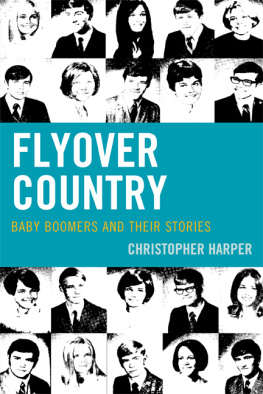


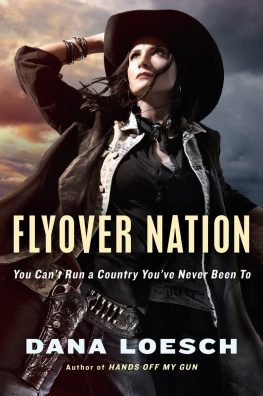

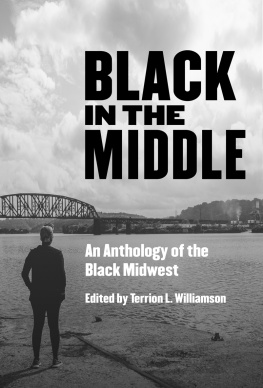
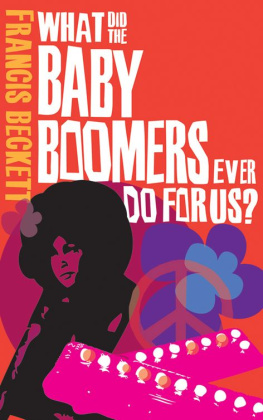
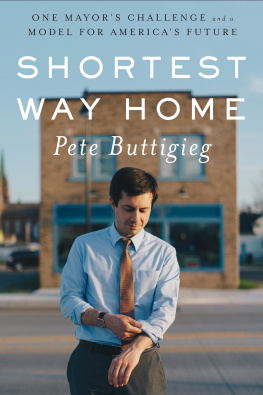
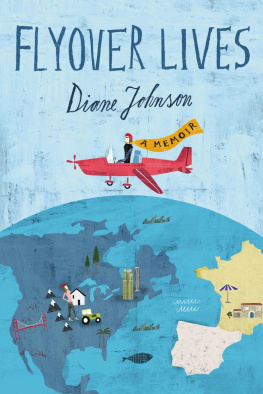
 The paper used in this publication meets the minimum
The paper used in this publication meets the minimum